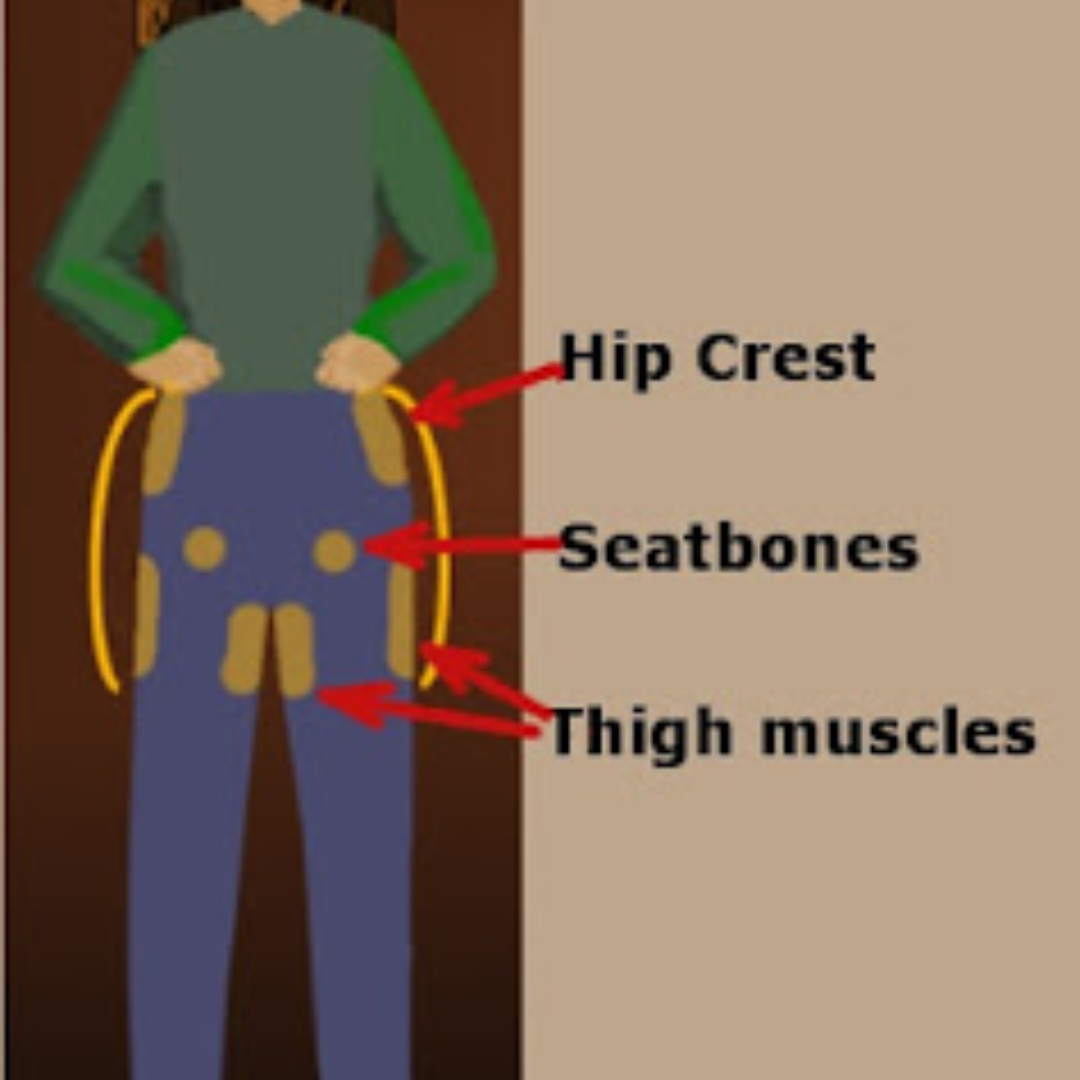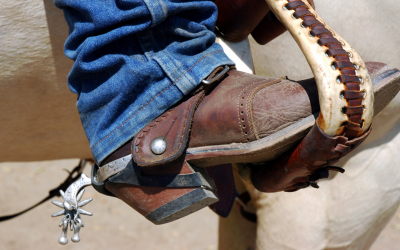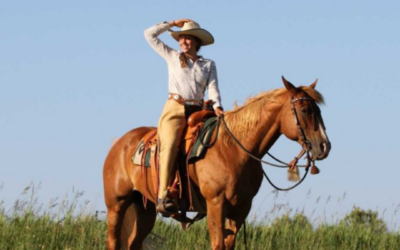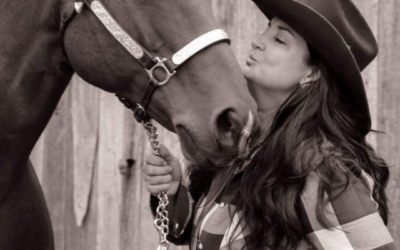The rider’s seat… almost a mythical concept.
There are many different kinds, huntseat, hunter hack, dressage seat, Western Pleasure, reining, cutting. I searched Google on various expressions of seat positions and found as many pics of the wrong way to do it, as the right way. You will find as many different opinions about the correct seat and position in the saddle as there are experts expounding on it.
I see many riders searching for the perfect seat, and taking their cues from the pictures, articles and videos they find on the internet. They adopt the seat they assume is the right one to have. However, the seat a Prix St George dressage rider is using on her well developed, responsive and powerful horse, or the one a veteran cutting trainer is using during a world championship run, is probably not the seat you want to use while training your horse.
A good seat is a fluid thing. It guides your horse from one step to the next. But it is also a responsive thing, it answers your horse’s needs.
I know the seat I need for my colts is completely different from the one my advanced horses require. The colts need more guidance, more conversation. The advanced horses want things quieter. They are also stronger in their own carriage, and get me to balance differently.
During Training –
The seat is more, much more, than the point where your seat bones touch the saddle. Your seat goes from the top of your hips all the way down to the middle of your thighs. Just think about how dynamic that large area can be…
If you want your horse to lift his inside shoulder, you might lift and open your hip, so he has some place to lift his shoulder to. If you are asking him to lift his back, make sure you are not sitting right in the spot he needs to lift his back into.
There is only one good seat position to have while you are training… And that is the one that gets the point across to your horse.
When Showing –
When you are showing, again, there is only one good seat position… the one that looks the smoothest and nicest for the judge.
The point is to use the dynamic, communicative seat in your training, so that your horse has the chance to build coordination, muscles and stamina for the time you will be in the show pen. If your horse is developed and ready for the class you are entering, he will appreciate a quiet, confident seat as much as the judge.
This Equisearch article with Tim Cox has some very good tips about using your seat well.
Here’s another one from Trail Rider Magazine with Julie Goodnight.
If you would like to have me be your “eyes on the ground”, send me a video for review. I will send back corrections and a plan for further development, which will include patterns, some videos for demonstration, and explanations. Lessons are only $20 for each video you send me. Contact me for more details…




